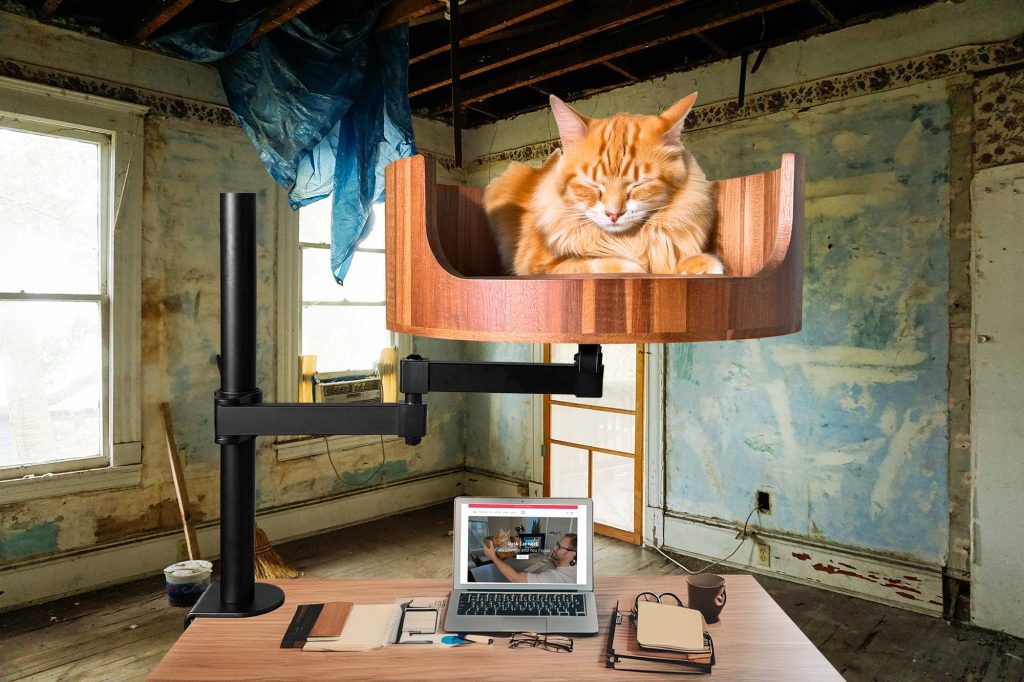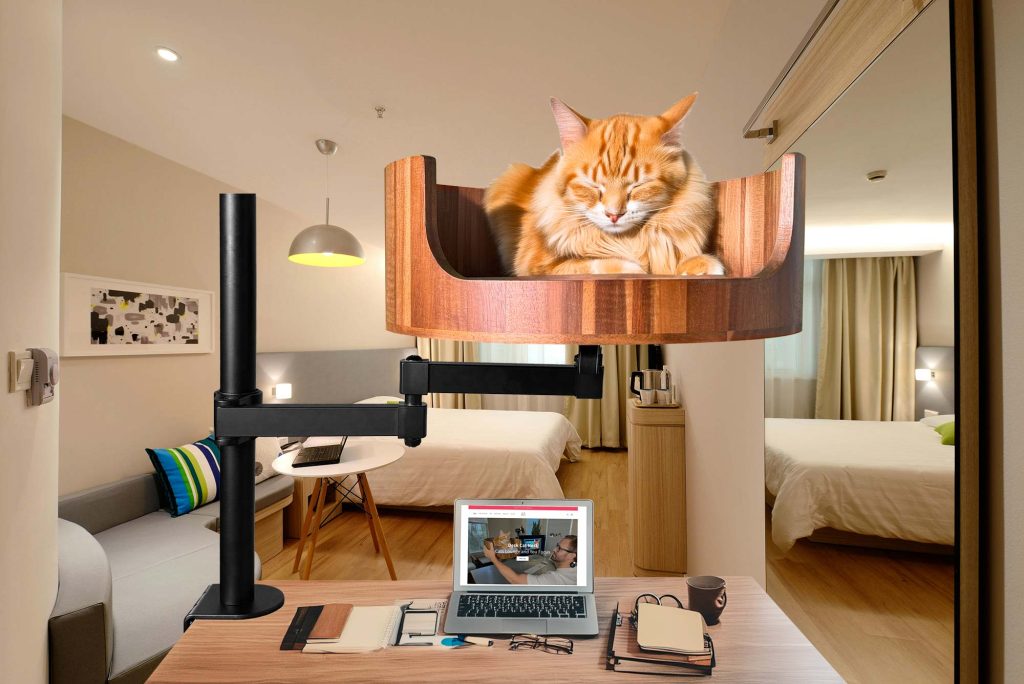If you’re a cat owner, you’ve probably noticed that your feline friend’s tail can be quite the enigma. One minute it’s swishing back and forth with elegance, and the next it’s flicking furiously in the air. But what do these tail movements actually mean? Understanding your cat’s behavior can help you build a stronger bond with your pet and ensure their well-being. In this article, we’ll explore the reasons behind why your cat’s tail is wagging and what it can tell you about their mood and emotions.
From playful flicks to rapid swishes, a cat’s tail movements can provide valuable insights into their current state of mind. By decoding these signals, you can better understand your cat’s needs and feelings. Whether they are expressing excitement, fear, or frustration, paying attention to their tail can help you respond appropriately and foster a deeper connection with your furry companion. So, the next time you see your cat’s tail in motion, take a moment to observe their body language and consider what they might be trying to communicate.
1. Tail wagging in cats can indicate various emotions, including agitation, excitement, or aggression.
2. Understanding the context in which the tail wagging occurs can help determine the cause of the behavior.
3. Tail wagging accompanied by other body language cues can offer insights into a cat’s state of mind.
4. Cats may wag their tails differently based on their breed, personality, and past experiences.
5. It is essential to observe and interpret your cat’s tail movements to ensure a harmonious relationship and address any potential behavioral issues.
Understanding Tail Wagging in Cats
Cats use their tails to communicate their emotions and intentions. A cat’s tail wagging can indicate various things, such as excitement, fear, or aggression. It is essential to pay attention to the context in which the tail wagging is occurring to understand what your cat is trying to convey. For example, a slow and gentle tail wag may indicate contentment, while a rapid and agitated tail wag could signal stress or irritation.
Common Reasons for Tail Wagging
There are several common reasons why a cat’s tail may wag. One of the most common reasons is playfulness. Cats often wag their tails when they are in a playful mood, especially when engaging in interactive play with their owners or other pets. Another reason for tail wagging could be a sign of arousal or anticipation. For example, a cat may wag its tail when waiting for a meal or anticipating a favorite toy.
Signs of Emotional Distress
In some cases, tail wagging in cats can indicate emotional distress or discomfort. For instance, if a cat’s tail is wagging rapidly and accompanied by other signs of aggression, such as hissing or growling, it may be best to give the cat some space and allow it to calm down. Tail wagging can also be a sign of fear or anxiety in cats, especially if the tail is held low and twitching nervously.
Understanding Your Cat’s Individual Behavior
It is crucial to remember that each cat is unique, and their tail wagging behavior may vary depending on their personality and past experiences. By spending quality time with your cat and observing their body language, you can develop a better understanding of what their tail wagging may signify in different situations. Pay attention to your cat’s overall body language, vocalizations, and environment to get a comprehensive understanding of their behavior.
Desk Cat Nest FAQ
Why is my cat’s tail wagging?
There are several reasons why your cat’s tail may be wagging. It could be a sign of agitation, excitement, or simply a way for your cat to communicate with you. Observing your cat’s body language and the context in which the tail wagging occurs can help you determine the reason behind it.
Can the Desk Cat Nest help with calming down a cat with a wagging tail?
While the Desk Cat Nest may provide a cozy and comfortable space for your cat to relax, it is important to identify the underlying reason for your cat’s tail wagging. If your cat is agitated or stressed, it may require additional support and attention to help calm down. Consult with your veterinarian for personalized advice on how to address your cat’s behavior.
Will the Desk Cat Nest prevent my cat from wagging its tail?
The Desk Cat Nest is designed to provide a comfortable and secure resting space for your cat, but it may not directly impact your cat’s tail wagging behavior. Tail wagging is a natural form of feline communication and can indicate various emotions. While the Desk Cat Nest can offer a peaceful environment for your cat, it is important to address any underlying issues that may be causing your cat to wag its tail excessively.
In conclusion, a Desk Cat Bed is a valuable choice for addressing why your cat’s tail may be wagging. By providing a cozy and secure space for your feline friend to relax and feel safe, a Desk Cat Bed can help reduce stress and anxiety that may be causing the tail wagging behavior. With its soft cushioning and raised sides, this bed offers the perfect combination of comfort and security for your cat, promoting a sense of calmness and contentment. Invest in a Desk Cat Bed today to provide your cat with a peaceful sanctuary and help eliminate any tail wagging worries.


